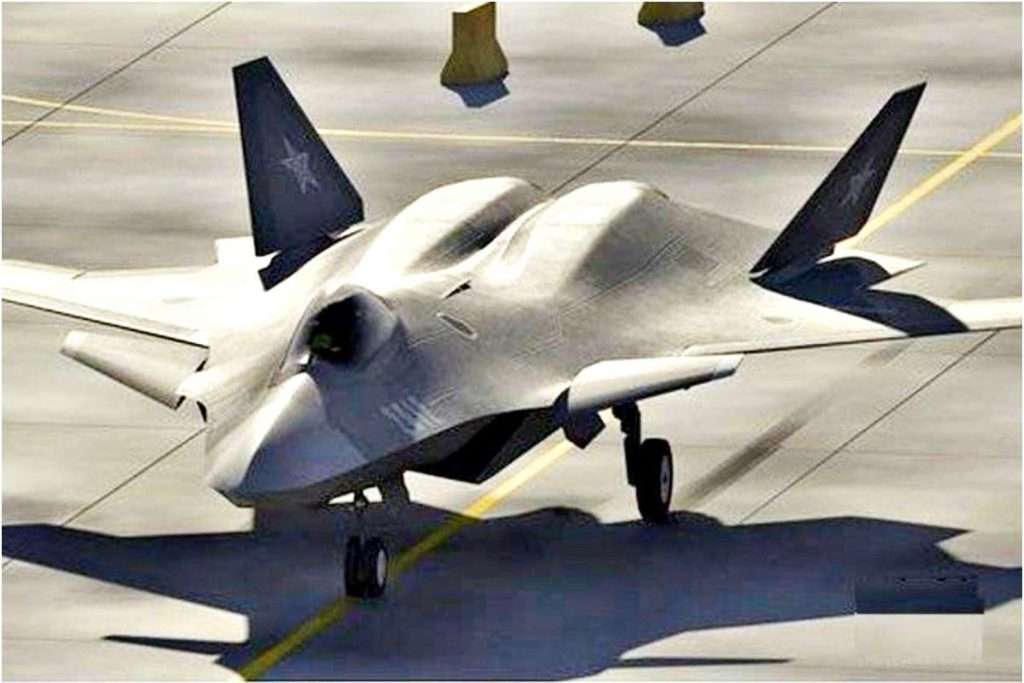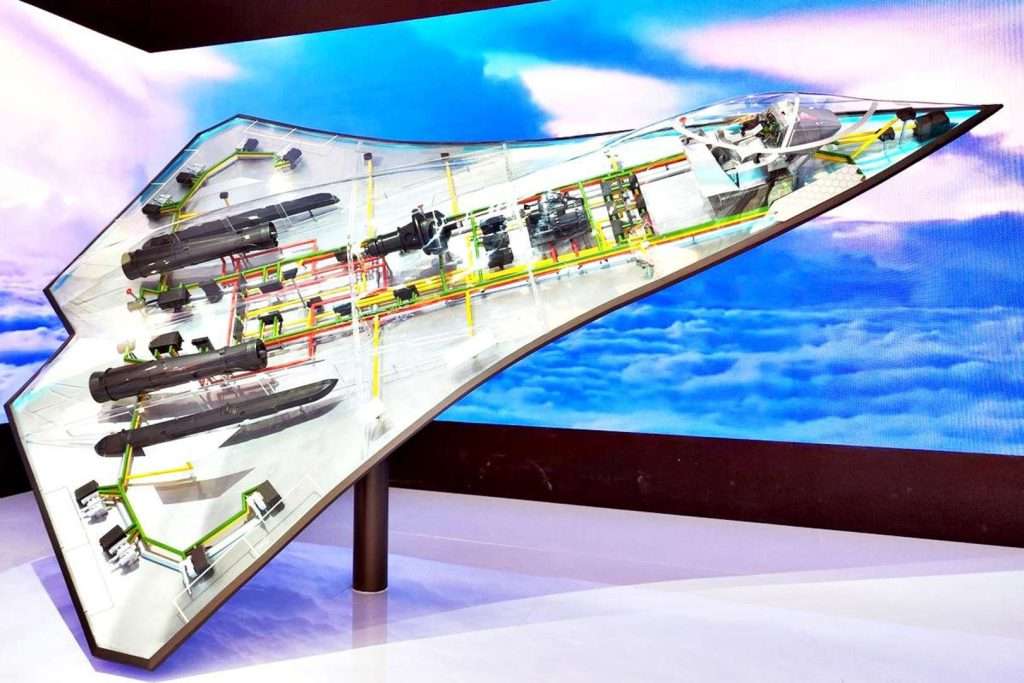The Unveiling of China’s Next-Gen Fighter Jet Blueprint attracted worldwide attention.
The ongoing development of China’s military and aerospace capabilities has drawn attention and worry worldwide. The creation of a next-generation fighter jet is one of its projects that has lately gained attention. Military specialists’ interest has been sparked by the disclosure of China’s next-generation fighter aircraft design, but it has also drawn attention on a worldwide scale. This post will examine the main points, ramifications, and emotions associated with this momentous breakthrough.

Unveiling The Blueprint
With a fast-developing aerospace sector and defense budget, China has been working to modernize its armed forces. Part of this larger endeavor includes the release of a blueprint for a next-generation fighter plane. Several significant elements of the plan have been made public, even though its precise specifications are still secret:
Stealth and Sophisticated Technology:
The new fighter jet is anticipated to have sophisticated stealth technology, perhaps making it harder to detect by enemy troops and less visible to radar systems. This is consistent with China’s desire to have a strong air force.
Supersonic Speed:
The plan alludes to an aircraft’s ability to fly at speeds that are faster than the speed of sound. When it comes to fighting efficacy and response time, such quickness can be a big benefit.
Improved Avionics:
It is predicted that improved avionics and onboard equipment will provide pilots with more situational awareness, control, and overall combat capability over their aircraft.
Combat Versatility:

Reflecting a more contemporary approach to aerial warfare, this next-generation fighter is anticipated to be flexible, and capable of both air-to-air and air-to-ground combat operations. Supersonic Speed: The plan alludes to an aircraft’s ability to fly at speeds that are faster than the speed of sound. When it comes to fighting efficacy and response time, such quickness can be a big benefit. Improved Avionics: It is predicted that improved avionics and onboard equipment will provide pilots with more situational awareness, control, and overall combat capability over their aircraft.Combat Versatility: Reflecting a more contemporary approach to aerial warfare, this next-generation fighter is anticipated to be flexible, and capable of both air-to-air and air-to-ground combat operations.
Global Consequences
The release of China’s next-generation fighter aircraft design has sparked a range of responses worldwide and highlighted several significant implications:
Regional Power Shift:
The creation of a cutting-edge fighter jet is viewed as a component of China’s larger ambitions to project its military might as a regional and global force, possibly upending the balance of power in the Indo-Pacific area.
Competition with Established countries:
China’s aerospace goals bring it into direct conflict with established countries like the US and Russia, which might have an impact on global stability and arms races.
Concerns about technological espionage:
There are worries that China may have obtained cutting-edge technology through cyber espionage or other methods, escalating relations with other countries.
Global Export Potential:
China may try to sell this new fighter jet to other countries, which might alter the dynamics of international weapons deals and military coalitions.
Responses and Reactions
Different emotions have been elicited by the disclosure of China’s next-generation fighter aircraft blueprint:
Military professionals and defense analysts from all around the world are keeping a careful eye on these developments and evaluating the prospective capabilities of this new fighter jet.
Regional Neighbours:
The Asia-Pacific region’s nations, notably Japan, South Korea, and India, are closely monitoring China’s military development and may modify their defensive tactics in response.
Political and diplomatic repercussions:
Especially among countries with conflicting interests in the region, the development may heighten diplomatic tensions and force political strategy changes.
Global Powers:
In response to this development, the United States and other global military superpowers will probably use a combination of diplomatic channels, information collection, and maybe alterations to their military capabilities.
Conclusion
The development of China’s next-generation fighter aircraft design has significant ramifications for geopolitics, global security, and military strategy. It will be vital for the international community to closely watch these advances and adjust their tactics and policies as China continues to modernize its military and aerospace capabilities.
This blueprint’s release serves as a reminder of how the world’s military capabilities are changing, with new actors like China pushing the envelope and upending the established order, with serious repercussions for future international relations and security.








